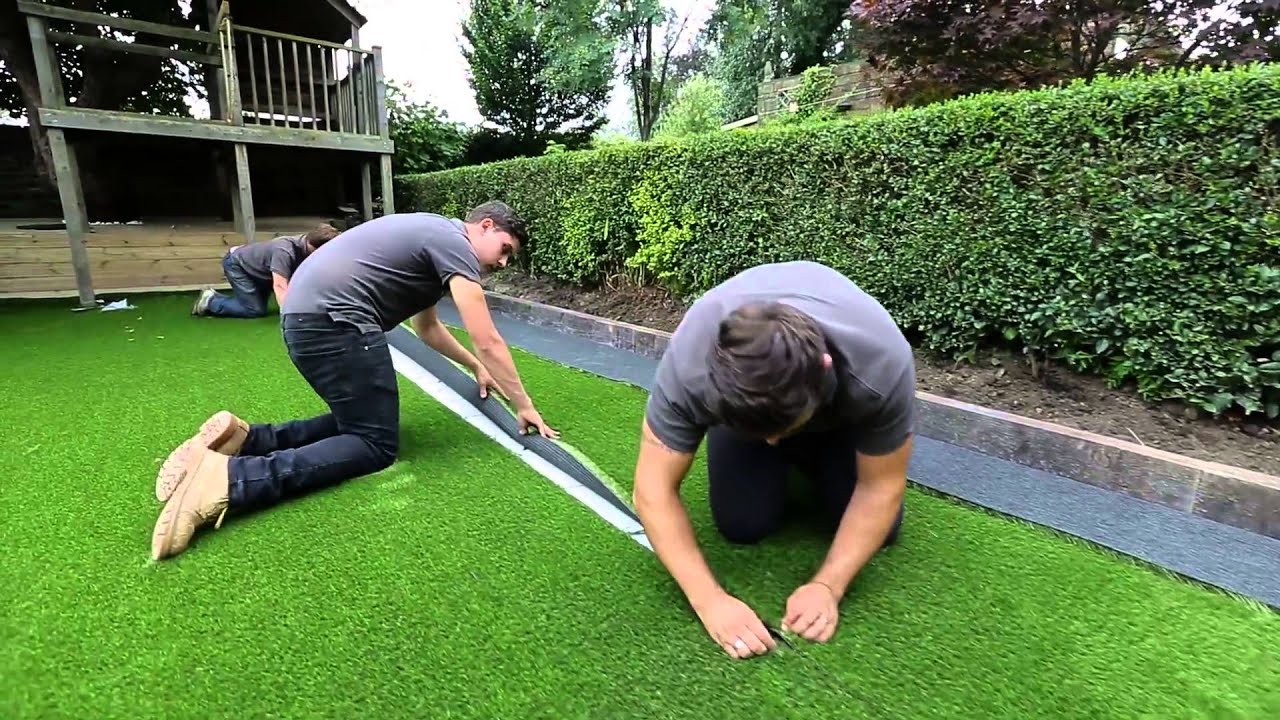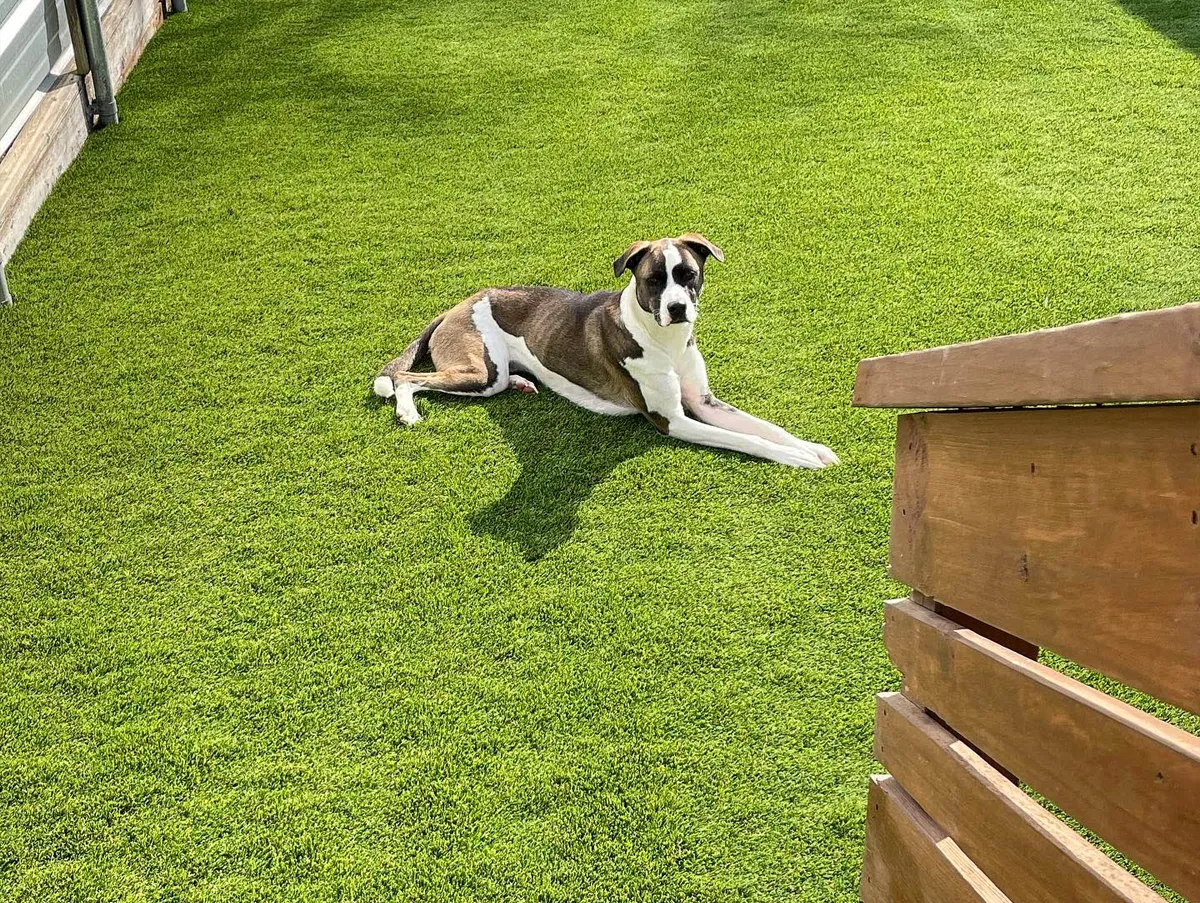See Why Homeowners Prefer Artificial Lawn for Sustainable Landscaping Practices
As home owners significantly focus on sustainability in landscape design, fabricated lawn has arised as a compelling option to conventional lawn. What stays to be discovered is the complete scope of advantages that artificial turf can provide to homeowners and the setting alike.
Water Preservation Conveniences
Among one of the most considerable advantages of synthetic grass is its duty in water conservation. Conventional lawn yards require considerable quantities of water to keep their lush appearance, usually resulting in overuse of neighborhood water resources, especially in deserts. On the other hand, synthetic grass removes this demand totally, as it does not require irrigation. This not only saves water however likewise lowers the strain on municipal water systems, especially during dry spell problems.
In addition, the installation of synthetic grass can add to a more sustainable landscape. House owners can dramatically lower their water expenses, enabling reallocation of resources to various other ecological efforts or family uses. Furthermore, man-made lawn is created to endure numerous climatic problems without the need for extra watering, making it an excellent option for areas dealing with water scarcity.
The ecological benefits prolong past prompt water financial savings. By reducing water consumption, synthetic turf helps to reduce the effects of environment adjustment, maintaining vital communities that are endangered by too much water removal. As lasting landscape design techniques gain grip, man-made grass emerges as an accountable choice for homeowners seeking to produce green exterior rooms.
Minimized Upkeep Efforts
Synthetic grass significantly reduces upkeep efforts compared to traditional grass lawns. With artificial grass, home owners can eliminate the time-consuming jobs associated with natural landscaping, such as mowing, fertilizing, and weeding. This not only conserves valuable time but likewise lowers physical labor, making lawn care available for individuals of every ages.
One of the most noteworthy benefits is the absence of normal mowing. Traditional yards need constant trimming to maintain a cosmetically pleasing elevation, whereas synthetic grass continues to be regularly rich without the demand for reducing. In addition, homeowners no much longer need to apply plant foods or pesticides, which are usually called for to maintain natural turf healthy and balanced. This change not just lightens the work yet additionally advertises a neater, more uniform appearance year-round.
Moreover, synthetic grass is durable and sturdy, needing very little upkeep beyond periodic cleaning and rinsing to eliminate particles. This convenience of upkeep enables property owners to enjoy their outdoor spaces without the constant concern of upkeep, offering more time for recreation and family members tasks. Inevitably, the lowered maintenance efforts linked with synthetic grass make it an enticing choice for those seeking a low-maintenance, visually appealing landscape.
Ecological Impact Reduction
There is an expanding recognition of the environmental benefits related to synthetic grass, particularly in regards to water preservation and decreased chemical use. Traditional lawns need substantial quantities of water, particularly in drought-prone regions, causing enhanced stress on regional water resources. In comparison, synthetic grass eliminates the need for irrigation, considerably decreasing water consumption and promoting sustainability.
Additionally, conventional grass maintenance usually includes the application of chemicals, plant foods, and herbicides, which can add to dirt and water contamination. Man-made grass alleviates this environmental risk by needing minimal maintenance and virtually removing the demand for dangerous chemicals. This not only enhances dirt health and wellness but additionally shields regional communities from toxic drainage.
Additionally, the production of all-natural lawn lawns typically entails the use of nonrenewable fuel sources for trimming and landscaping equipment, more contributing to greenhouse gas emissions. By picking man-made turf, home owners can substantially lower their carbon impact connected with grass care tasks.
Aesthetic Allure and Adaptability
Along with its ecological benefits, synthetic grass supplies significant aesthetic allure and versatility for landscaping. House owners can achieve a lush, eco-friendly look year-round, removing the seasonal read review fluctuations typically connected with all-natural grass. This consistent aesthetic not only improves the aesthetic charm of a property but also adds to a refined and well-kept look.
Furthermore, synthetic grass is offered in a selection of colors, structures, and designs, permitting modification to suit individual choices and layout motifs - Turf installation phoenix az. Whether used in domestic gardens, industrial areas, or leisure areas, it can perfectly integrate right into varied landscape design styles, from contemporary minimalist to lush exotic setups
The adaptability of man-made grass extends past simple appearance; it can be mounted in different places, consisting of roofs, outdoor patios, and even interior spaces, creating possibilities for distinct landscaping remedies. Furthermore, it is suitable for a series of tasks, from children's backyard to pet-friendly atmospheres, providing functionality without endangering style.
Eventually, the aesthetic allure and flexibility of fabricated turf make it an eye-catching choice for home owners seeking sustainable landscaping options that do not sacrifice elegance for ecological responsibility.

Long-Term Price Financial Savings
Among one of the most engaging benefits of synthetic grass is its possibility for lasting price financial savings. Unlike all-natural lawn, which needs routine maintenance-- including mowing, watering, fertilizing, and pest control-- synthetic grass significantly reduces these recurring expenditures. Home owners can conserve a significant quantity on water expenses, especially in regions where water deficiency is a pushing problem. The elimination of lawn treatment solutions even more adds to financial cost savings, as there is no demand for customized devices or labor.
In addition, man-made grass has a lifespan of 15 to 25 years, depending on its top quality and usage. This sturdiness reduces replacement costs, making it a more economical selection over time. Moreover, the initial financial investment in synthetic grass can usually be redeemed via the financial savings Continued built up in time.
While the ahead Website of time cost might seem greater contrasted to sod installment, the cumulative cost savings from reduced upkeep and water usage typically surpass these initial expenditures. Eventually, the fostering of synthetic grass not just advertises a sustainable landscaping option but likewise uses homeowners an economically smart alternative that aligns with long-lasting budgeting goals.
Final Thought
Artificial lawn arises as a compelling option for lasting landscape design, using significant advantages in water preservation, minimized maintenance efforts, and diminished ecological effect. As communities increasingly focus on ecologically friendly techniques, the fostering of synthetic lawn stands for a progressive action towards achieving lasting and durable landscapes.
Furthermore, artificial lawn is created to endure numerous weather conditions without the demand for additional watering, making it a perfect selection for regions encountering water shortage. (Turf installation phoenix az)

Fabricated grass emerges as a compelling alternative for lasting landscaping, offering significant benefits in water preservation, decreased maintenance initiatives, and reduced environmental impact.
Comments on “Durable Arizona Artificial Turf for Home and Business Applications”